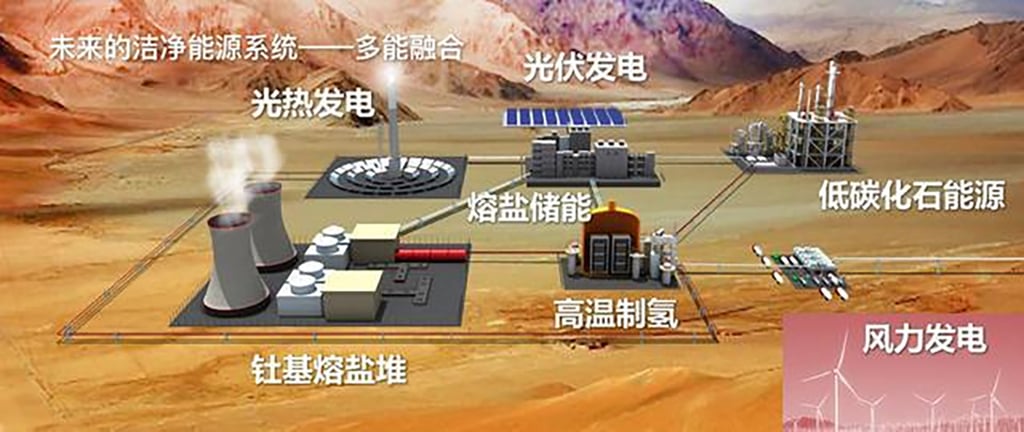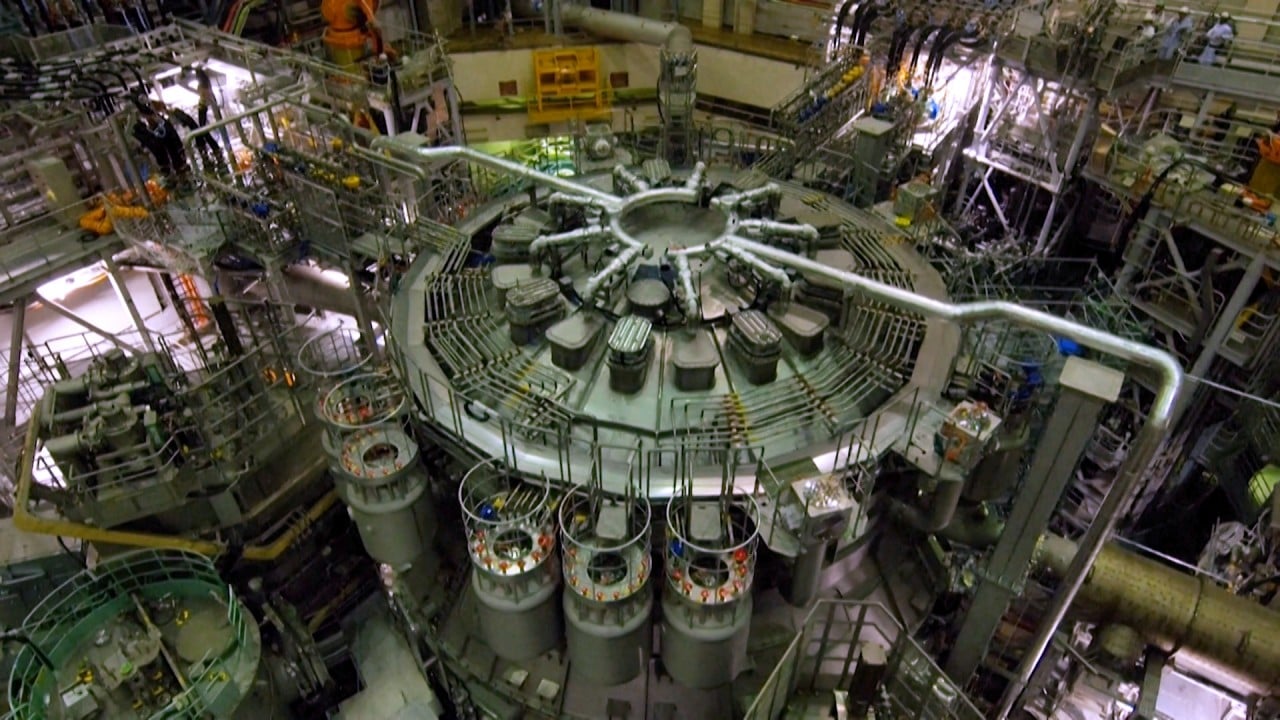World
China sets launch date for world’s first thorium molten salt nuclear power plant

The reactor is scheduled to be completed and operational in 2029, generating heat at a maximum power of 60 megawatts.
Part of the thermal energy will drive a 10MW electric power unit, and the rest will produce hydrogen by splitting water molecules at high temperature.
The institute disclosed the construction plan in an environmental assessment report posted on its website this week.
It will help China achieve “energy independence”, it added.
This experimental reactor can only produce 2MW of thermal power and does not generate electricity.
However, it incorporates some revolutionary technologies, including superalloys that can withstand high temperatures, radiation and chemical corrosion.
This small reactor received operational approval from China’s Nuclear Safety Administration in June last year and achieved criticality, or sustainable, chain nuclear reaction in October.
The success of this pilot project has provided a basis and experience for constructing larger reactors capable of power generation, according to the report.
This is the first time China has disclosed the operational status of this experimental reactor to the public.
Thorium-based molten salt reactors have some potential military applications due to their compact structure and safety, such as powering naval ships, submarines and even aircraft.
Molten salt carrying thorium fuel enters the reactor core through pipes to undergo a chain reaction. After the temperature rises, it flows out the other side and transfers heat to the molten salt without thorium that is circulating in a separate loop.
The hot but non-radioactive molten salt then flows into the electricity plant next to the reactor to drive a carbon dioxide-based gas turbine for power generation.
The new project also includes many other facilities, such as a research centre and spent fuel processing plant.

Currently, most uranium fuel reactors using water for cooling have the risk of explosion if the pumps malfunction.
But in the thorium reactor, the molten salt can drop into a container below the reactor, posing no threat to the surrounding environment.
The different types of energy will all be integrated into a smart grid to provide low-cost, low-carbon, stable and sufficient electricity for industrial production.
Then starting from 2030, China will begin constructing commercial modular thorium-based reactors with an electric generation capacity of 100MW or more.
The world’s first thorium-based molten salt reactor was built and operated at the Oak Ridge National Laboratory in the United States in the 1960s for four years.
Due to technical limitations at the time, the reactor encountered many problems, resulting in half of its operational time being spent on shutdowns for maintenance.
The reactor was permanently closed in December 1969.
Some countries rich in thorium, including Malaysia and Indonesia, have also begun nuclear research projects.
But some scientists still have doubts about the feasibility of this technology.
One of the significant challenges faced by the Oak Ridge reactor was that metal pipes became brittle and even ruptured under the effects of high temperature, high corrosion and highly radioactive molten salt.
The discovery of new uranium reserves and increased production also seem to make the substitution of thorium fuel less urgent.
“Molten salt reactors are a bad idea,” M.V. Ramana, a public policy professor at the University of British Columbia, said in an article published in the Bulletin of the Atomic Scientists in 2022.
Other paths for new-generation nuclear power technologies include high-temperature gas-cooled reactors, sodium-cooled fast reactors, accelerator-driven reactors and lead-cooled fast reactors.
China has invested in research into all of these and is at the forefront of actual construction progress.
The United States has 93 nuclear power units, significantly more than China’s 56.
Currently, China is growing at a rate of six to eight nuclear reactors per year using self-developed new technologies.
In fact, Beijing’s plan is that by 2035, the number of advanced reactors in China will reach 150, surpassing the combined total of the United States and France.










